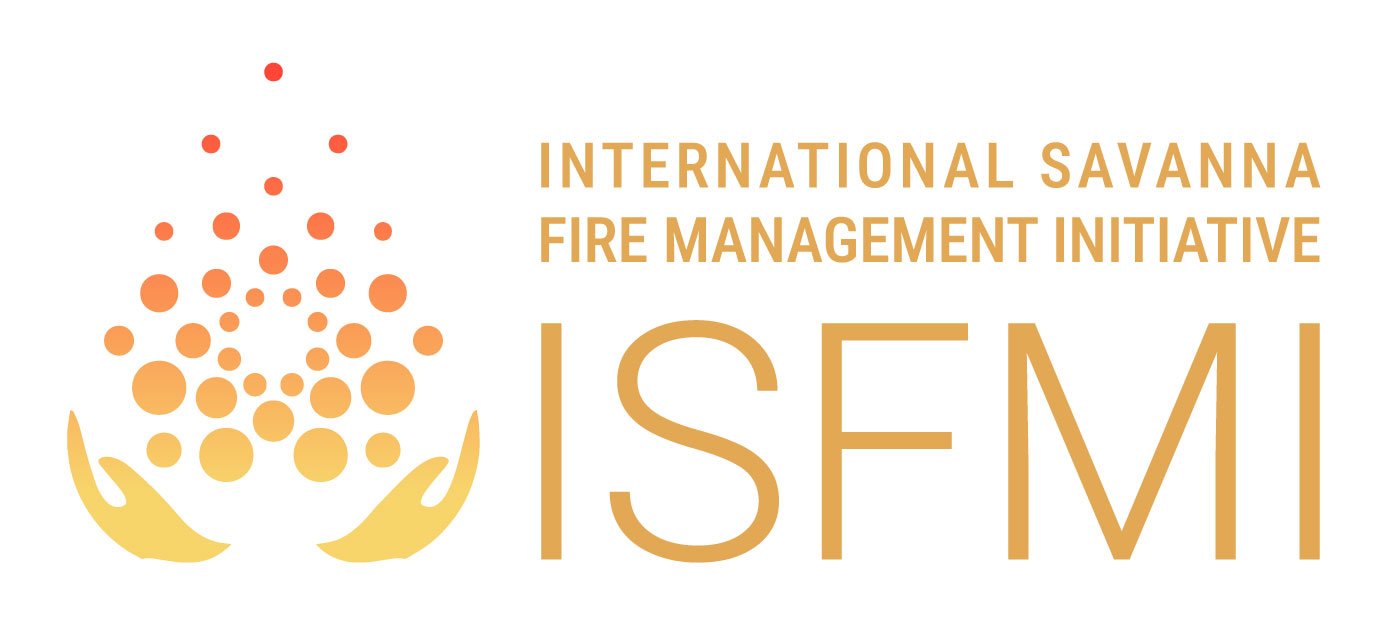Projects across the north of Australia are reducing wildfire by 50%, and generating nearly 10m tonnes of mitigation worth over $90m annually.
The Australian experience
Arnhem Land - ISFMI Advisory Committee Member and Aboriginal fire ecologist, Dean Yibarbuk, explains how traditional fire management practices have kept the country healthy for thousands of years and how his community in West Arnhem Land have been working with local scientists to adapt the regime of traditional fire management to reduce greenhouse gas emissions.
Traditional practice meets modern methodologies
Ray Nadjamerrek demonstrates fire management in West Arnhem Land, northern Australia.
In northern Australia, Aboriginal people have managed their lands for thousands of years using traditional fire management techniques. Burning was undertaken as an integral expression of culture and to manage natural resources. Often, burning was undertaken in the early dry season, when fires are gentle, and can be easily contained and controlled.
Over time, following the colonisation of Australia, Indigenous land managers were forced off their traditional lands or migrated to larger population centres. The absence of Indigenous fire management enabled large and intense catastrophic wildfires in the late dry season to increasingly take hold. These later dry season fires not only produce more GHG emissions but burn a greater proportion of dead organic matter than fires that occur under cooler, moister conditions in the early dry season.
With better understanding of the role that fire plays in climate change, methodologies were developed that measure carbon emissions avoided from shifting the seasonality of fire. These methodologies enable quantification of the emissions savings generated by the use of traditional fire management practices. Now recognised by the Australian Government’s Emissions Reduction Fund, these methodologies enable Indigenous land managers to generate carbon credits.
From the first project in West Arnhem Land
The first project to use Indigenous fire management techniques to generate carbon credits was the West Arnhem Land Fire Agreement (WALFA) fire project, beginning in 2006. The images for West Arnhem Land illustrate the impact of the reintroduction of traditional fire management practises.
WALFA Project area before reintroduction of Indigenous Fire Management in 2005 (top left), and after in 2009 (top right), with orange areas burnt early and red late.
To 75 projects across the north of Australia
A decade later there are now 75 recognised fire management projects that have been approved in Australia, with 25 either indigenous owned or having significant indigenous involvement. The following map indicates the areas being currently managed under this scheme.
Areas of the north of Australia under methodology based fire management.
Generating substantial benefits for communities and the environment
The projects across the north of Australia are reducing wildfire by 50%, and generating nearly 10m tonnes of mitigation worth over $90m. In 2016, the WALFA project, for example, generated over 281,000 Australian carbon credit units (ACCUs), each equivalent to one tonne of CO2 -eq avoided.
The application of Indigenous fire management has also generated substantial additional or co-benefits including creating market-based jobs in remote and vulnerable communities, improving biodiversity, reinvigorating culture, improving food security and health.
To learn more consult the ‘All resources’ and ‘Facts & Figures’ sections of this website.



